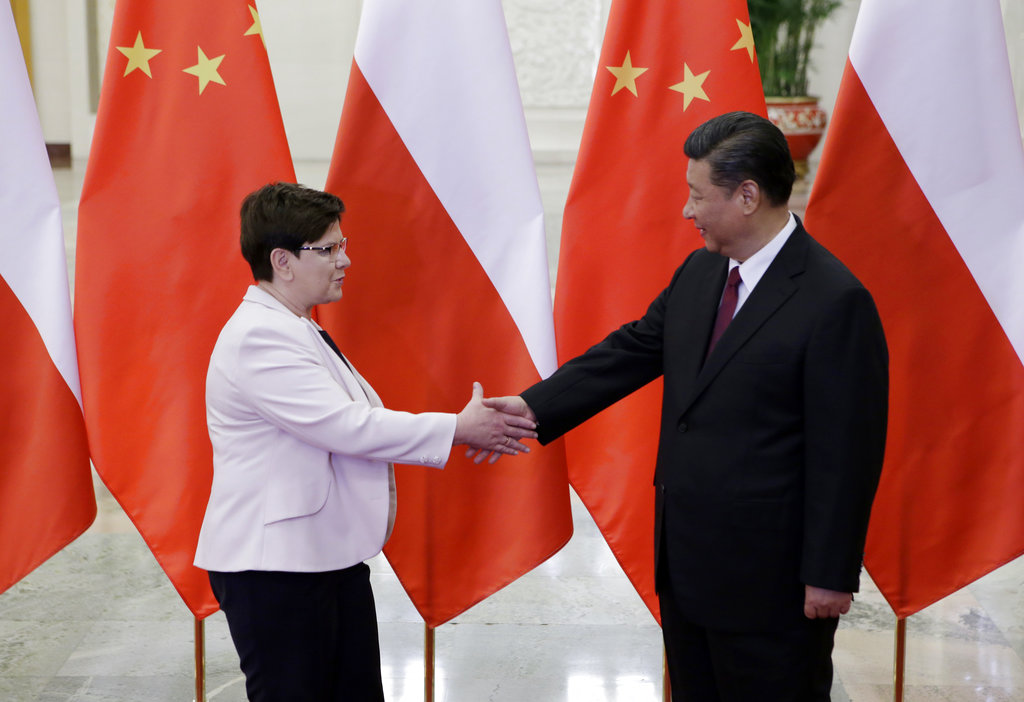It is in China’s interests that the war in Ukraine ends as soon as possible. The longer this conflict continues, the more the volume of goods transported through the Belt and Road declines. The rail connection through Russia into the EU was to enable China to expand into Europe’s markets and also boost Poland’s dry port in Małaszewice.
Owners of logistics companies complain that business is down even compared to last year. They have cut the number of vehicles by 30 percent and the number of drivers by a third. According to the Eurasian Rail Alliance, which handles transit traffic on the route between China and Europe, the fall in traffic on the Belt and Road so far in 2023 has amounted to a drop of nearly 45 percent versus last year, which saw a fall of nearly 40 percent from 2021.
In Poland, the decline in Chinese imports has been close to 20 percent. Exports from Poland to China have tumbled by just over 80 percent. Logistics firms complain about a lack of jobs and cutthroat competition for those that do exist. The spat with Belarus is not helping the industry either.
According to analysts, the reasons for the large fall in goods traffic both ways are concerns over sanctions and problems with obtaining insurance. Chinese trade has been hit by Covid-19 lockdowns and the deteriorating relations with the United States as well, and the increase in trade with Russia has not been able to compensate fully for that.
According to the Chinese, total trade with the EU has increased by just short of 4 percent compared to last year despite the fall in traffic on the Belt and Road. But this is no consolation to Poland, which cannot benefit much from the Middle Corridor through Central Asia and Turkey.
Analysts believe that the idea of “One Belt One Road” will have to be replaced by the idea of “Many Belts Many Roads.” This will mean opportunities for different modes of transport such as road, rail, and sea.






